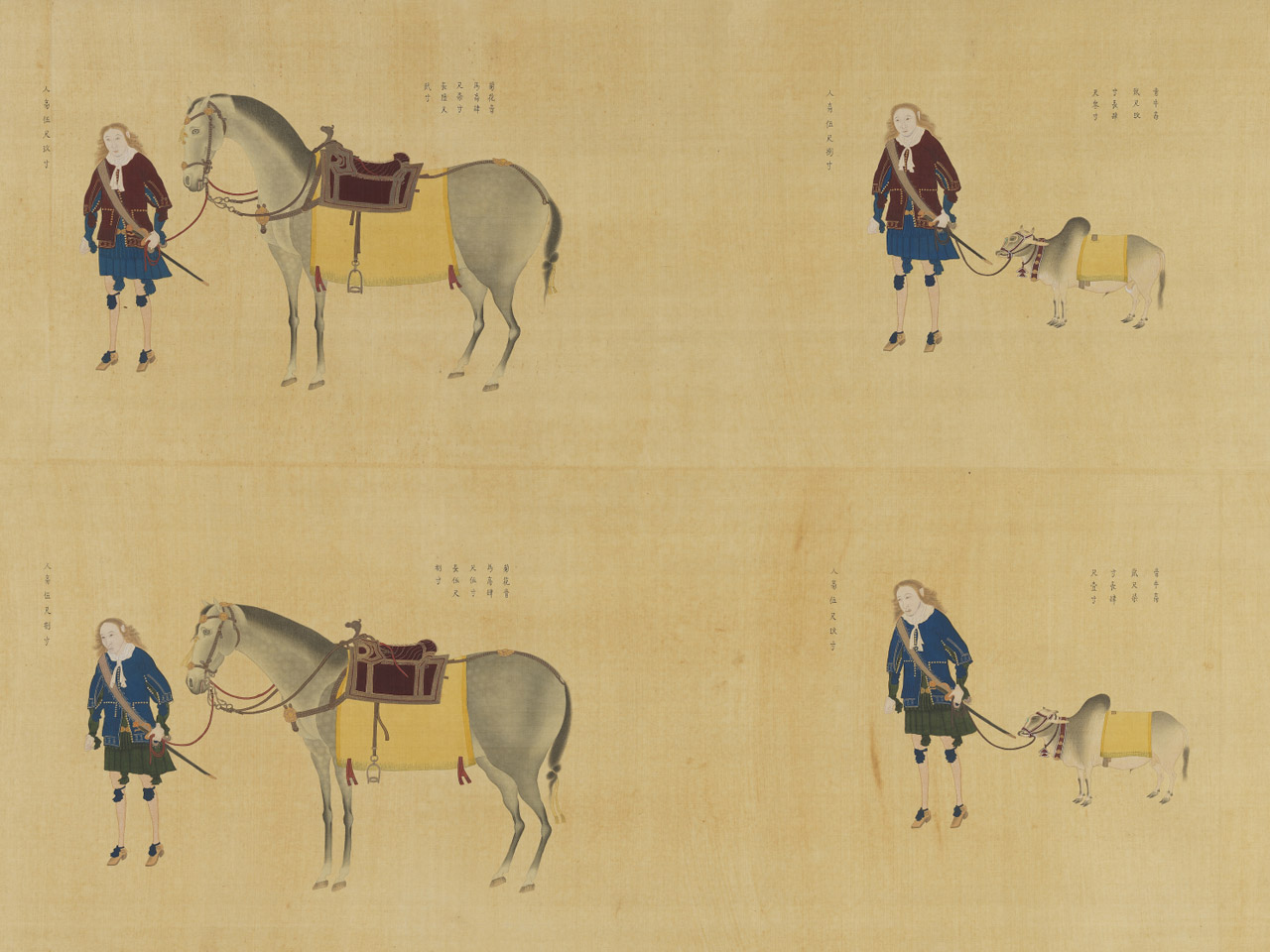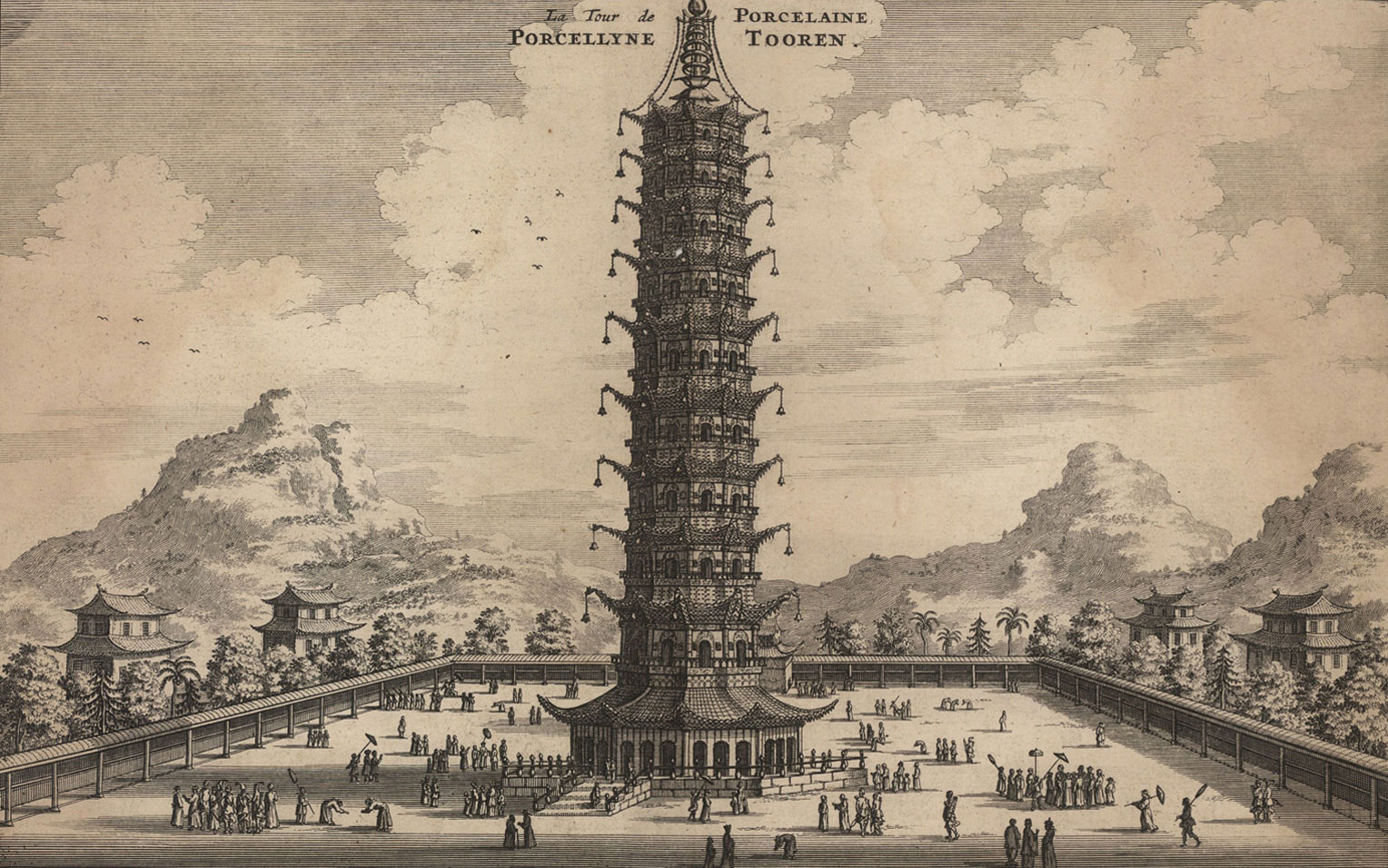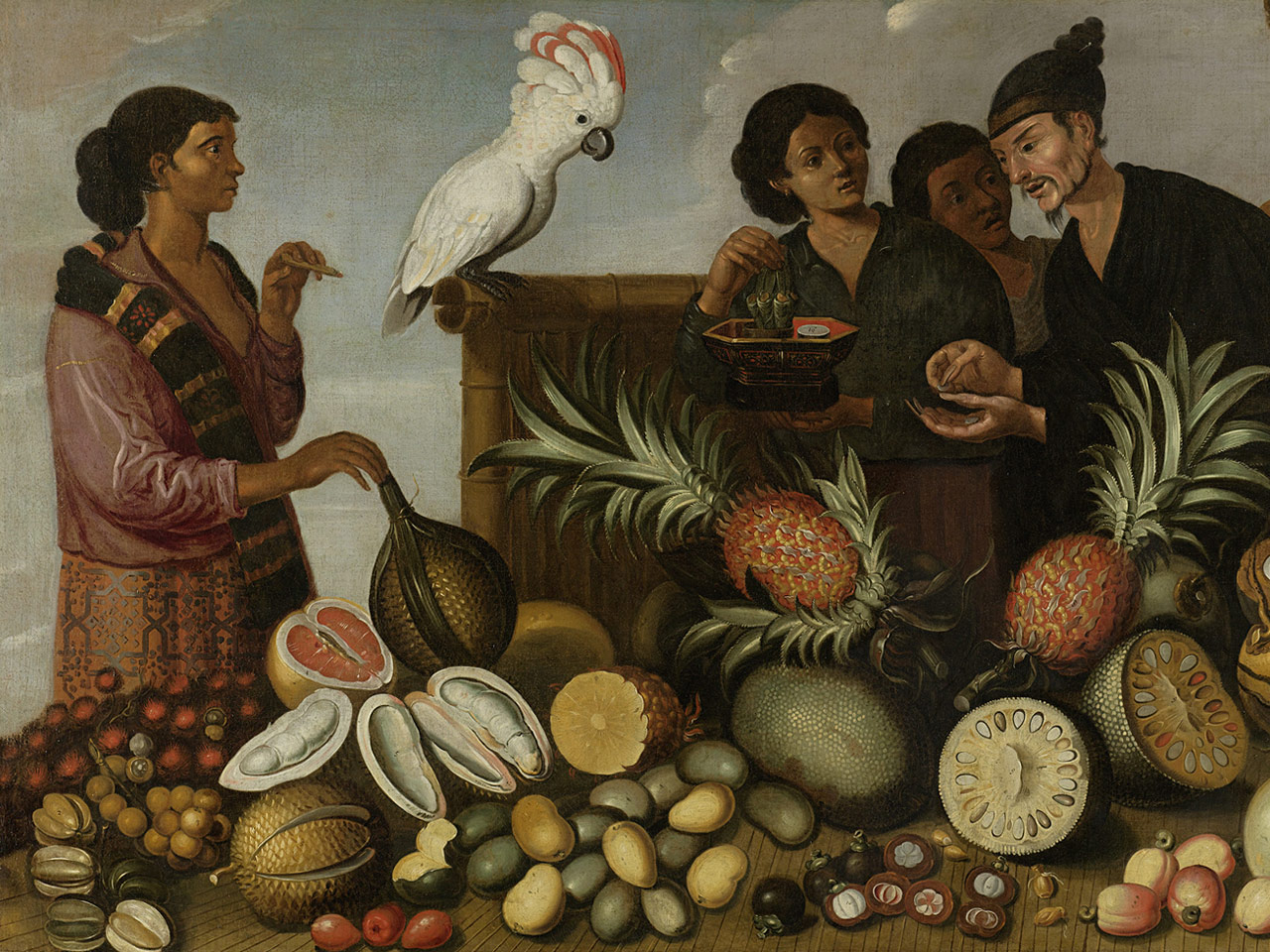In the year 1655, envoys of the Dutch East India Company (Vereenigde Oostindische Compagnie) had traveled east with extreme confidence, and had fortunately presented themselves to the enthroned Shunzhi emperor. Meanwhile, valuable first-hand reports and countless paintings portraying the Chinese landscapes and scenes had been captured as records for this unprecedented expedition. This event held a crucial significance before the transitioning of East Asia in the 17th century. To take the whole world in view, nations including China, Japan, Korea, and Ryukyu had all experienced unparalleled challenges during critical moment. There were rising forces represented by the family of Zheng Zhilong and Zheng Chenggong that emerged from the maritime activities, and even Western nations such as Spain, Portugal, Netherlands, and Britain that had sailed across the oceans. The encounters, collisions, and impacts among various cultures have motivated people who stood a place in the stream of history and glanced at each other from different locations to document a story weaved by truth and false. This exhibition takes historical documents and constitutional treatises collected by the National Palace Museum, and rare books from the Rijksmuseum from Amsterdam, Netherlands, and the National Taiwan University to memorialize a piece of history.
Tribute of Cattle and Horses Brought by Dutchmen
- Anonymous, 1667
- Qing dynasty (1644-1911)
This scroll, made by the Qing court painters in the 6th year of the Kangxi reign (1667), is a visual documentation of the diplomatic envoies sent to the Qing court for the second time by the Vereenigde Oost-Indische Compagnie (V.O.C.) to present tributes. Although in high hopes of establishing mutual trade, neither the Dutch's first (1656) nor second (1666) attempts of offering tributes was successful. However, the Dutch reports from these trips had sparked the enthusiasm for China in Europe.
Het gezandtschap der Neêrlandtsche Oost-Indische Compagnie, aan den grooten Tartarischen Cham, den tegenwoordigen keizer van China
(The Embassy from the East India Company of the United Provinces, to the Grand Tartar Cham, Emperor of China)
- Johan Nieuhof (1618-1672)
- French Published by Chez Thomas Jolly, Paris, 1665
- English Published by John Macock, London, 1669
- Collection of the National Taiwan University Library
The book documented the journey of the Dutch envoys sent by the Dutch East India Company had successfully presented themselves to the Shunzhi emperor for the first time. Up to 150 paintings portrayed the Chinese geography and customs that delivered scenes of townships along the great canal in the early Qing. Even though exotic elements imagined by Europeans were incorporated into these paintings by craftsmen, this publication was still considered as the most truthful documents of China once it had been released in Europe. The imagery from this book had also placed influence on the 'Chinoiserie' artistic style during the late 17th to early 18th century. The pages showing here are the landscape and the porcelain tower of Nanking.
East Indian Market Stall in Batavia
- Attributed to Albert Eckhout (ca. 1610-1665)
- The Netherlands, 1640-1666
- Collection of the Rijksmuseum
This painting had portrayed the scene of the market located in Batavia, Indonesia, and the painting is filled with tropical fruits that deliver the exotic sentiment. This piece is believed that had been drawn for the purpose of decorating the residence of the Director of the Dutch East India Company, Joan Huydecoper, in Amsterdam.


